🚩 How a Movement Brought Political Consciousness Education to 1.5 Million Brazilians
The story of the MST's unlikely revolution in schools across Brazil.
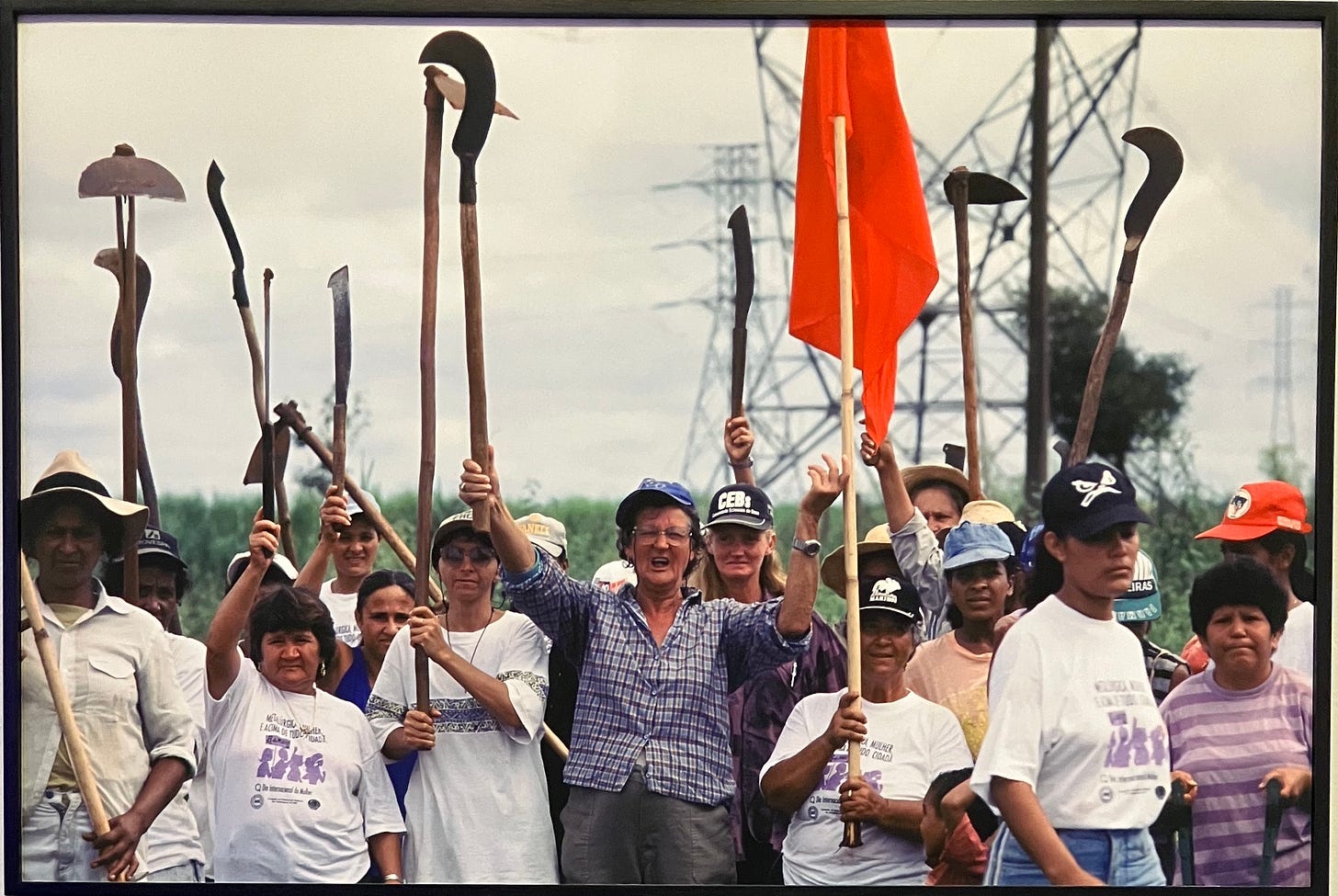
Did you know that the largest social movement in Latin America pioneered a groundbreaking approach to education as a tool for liberation?
I only discovered this while living in São Paulo last year for 3 months. I went to Brazil because I’m fascinated by forms of collective action for education reform - and as the home of Paulo Freire and other activists, the country has a lot for us to learn from.
For my Masters thesis, I wrote about Movimento pela Base, a powerful coalition for national learning standards in Brazil started by Lemann Foundation. I’ve spent a lot of time with the Foundation - I wrote about their methods, consulted with them, and documented the famous Sobral reforms (which they now help spread).
But some critics argue that Lemann Foundation is not fundamentally changing the status quo of inequality. After all, it is funded by the world’s wealthiest Brazilian - and as Audre Lorde said, “the master’s tools will never dismantle the master’s house.”
Although I think Lemann Foundation actually does excellent work, I believe it is useful to learn from many different routes to systems change.
Which brings me to the MST. The Movimento dos Trabalhadores Rurais Sem Terra (Landless Workers Movement) has an alternative vision: that education is a channel to redistribute land to marginalized groups and dismantle neoliberal capitalism.
In contrast to Lemann Foundation, which essentially imposes a standardized agenda across Brazilian schools, the MST offers a radically different approach - that schools in rural areas should offer education specific to the needs and contexts of their students. With powerful government allies and funders (such as UNESCO in the 1990’s), the MST’s movement and education programs currently reach over 1.5 million people.
Today we will explore what the MST aims for, what education reforms they achieved, and what factors made this unique movement possible.
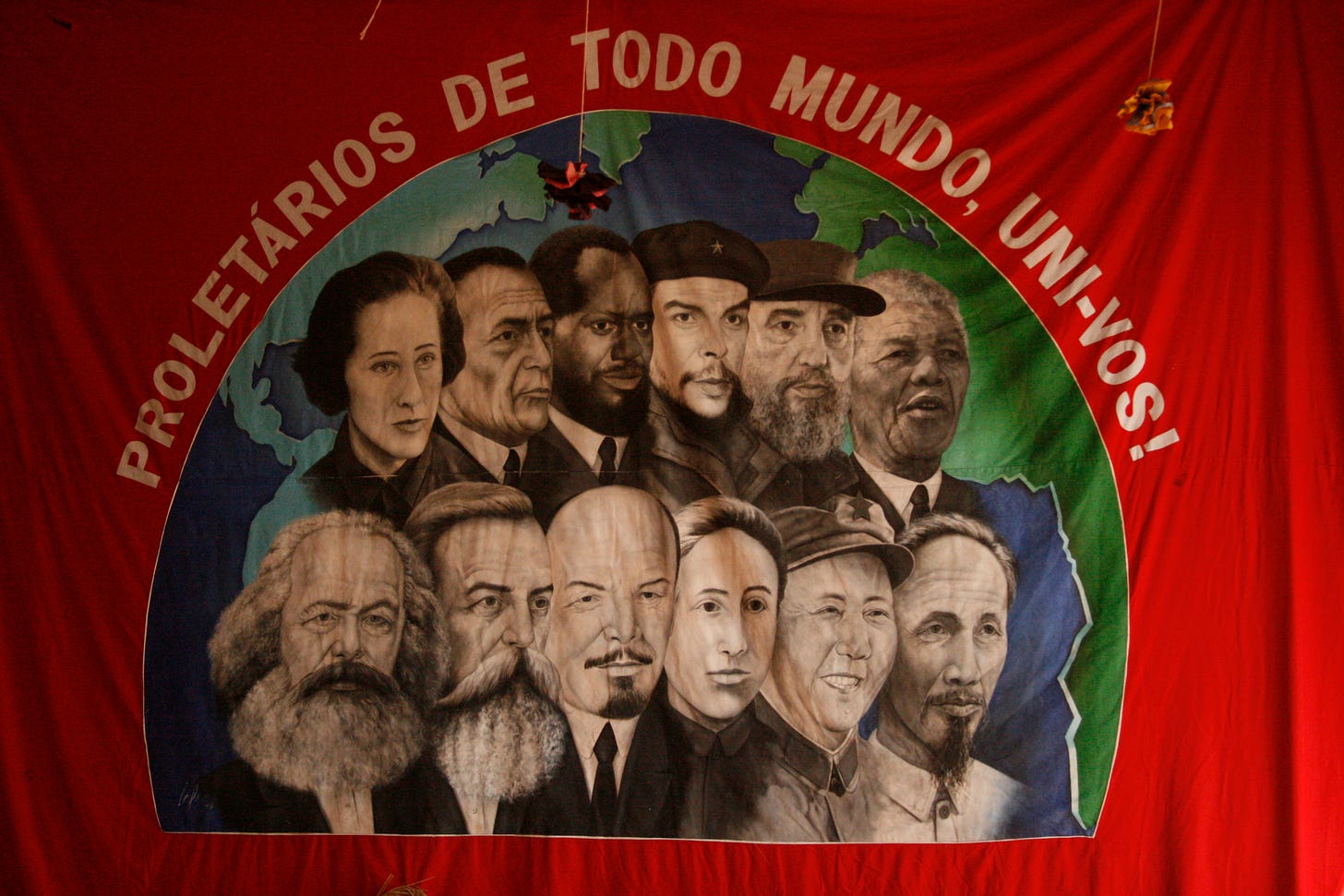
Shifting Power
The MST officially started in 1984 with the goal to redistribute land from wealthy elites to landless Brazilians.
This is critical particularly in Brazil’s context, where “3% of the population owns over 2/3 of the country’s arable land.” Portuguese colonizers extracted and concentrated wealth into a small class of powerful landowners. They stole land from Indigenous groups and imported more slaves than any other country in the world (Brazil was the last country in the Western hemisphere to abolish slavery). Military dictatorship from 1964-1985 sustained inequality.
To redistribute land, the MST took advantage of a law that protects Brazilians who occupy unused land on farms and abandoned buildings in cities. According to the MST, since 1984 they “won land titles for more than 350,000 families in 2,000 settlements as a result of MST actions, and 180,000 encamped families currently await government recognition” across Brazil. They also lead massive assemblies and protests, such as a 1997 march to Brasília for agrarian reform with over 100,000 people.

Collective Leadership
Land reform is part of the MST’s larger project to shift the balance of power, influenced by communism and socialism. The MST aims to improve land, housing, healthcare, education, agriculture - and practices new forms of interaction based on equality and human dignity. MST leaders believe that people should be involved in creating the institutions that shape their lives.
The MST makes all decisions collectively, through layers that ripple from small collectives to larger bodies; they have a national congress every 5 years (in 2014, it had nearly 16,000 participants). MST members rotate through responsibilities, such as farming and planning protests, so that every member knows what it is like to do every job. For example, at the national congress, groups from every state self-organize collectives that rotate tasks - to manage housing and cooking daily meals for the thousands of people who travel to Brasília for the congress.
They also instill their members with a strong sense of pride in the MST identity and culture. When I visited an MSTC settlement in downtown São Paulo last November, I met dozens of volunteers proudly serving food to visitors and sharing about the MST. When I walked in a pre-election rally for President Lula, I saw hundreds of MST supporters gathered as a community, dressed in red MST shirts, to wave their flags and make their voices heard. Even at concerts in Brazil, I saw hipsters wearing the iconic MST hats (along with their cool tattoos). The MST has mobilized a broad base of supporters - from rural farmers to urban cosmopolitans.
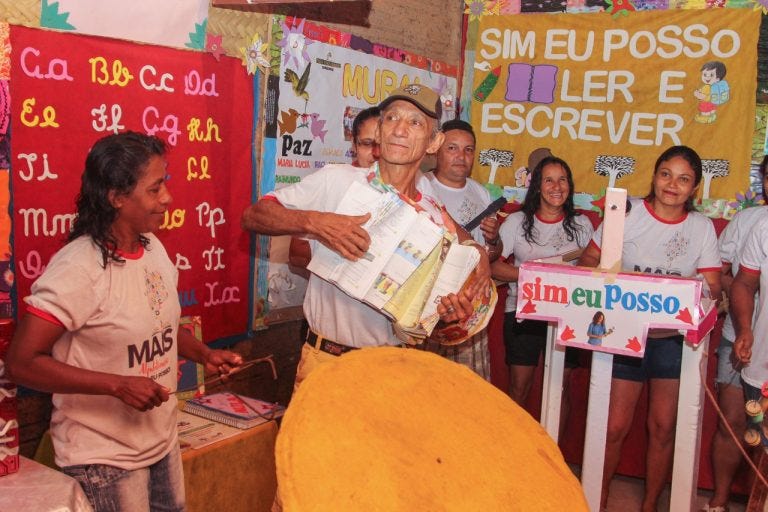
Education as a Lever
The MST realized that education was a key way to achieve their vision. As the MST created more settlements, they noticed that thousands of children in settlements had no access to schools. They also realized that they needed channels to grow the skills of MST members to organize and lead programs, such as sustainable farming techniques. They decided education can increase political consciousness and equip students with practical skills.
The MST stresses that it is a government’s responsibility to fund schools, but local communities should influence implementation. And while for many, the purpose of education is to enable children to access more opportunities (usually in cities), the MST claims that schools can help children believe in the power of their own rural community - that they can stay and create a better world at home.
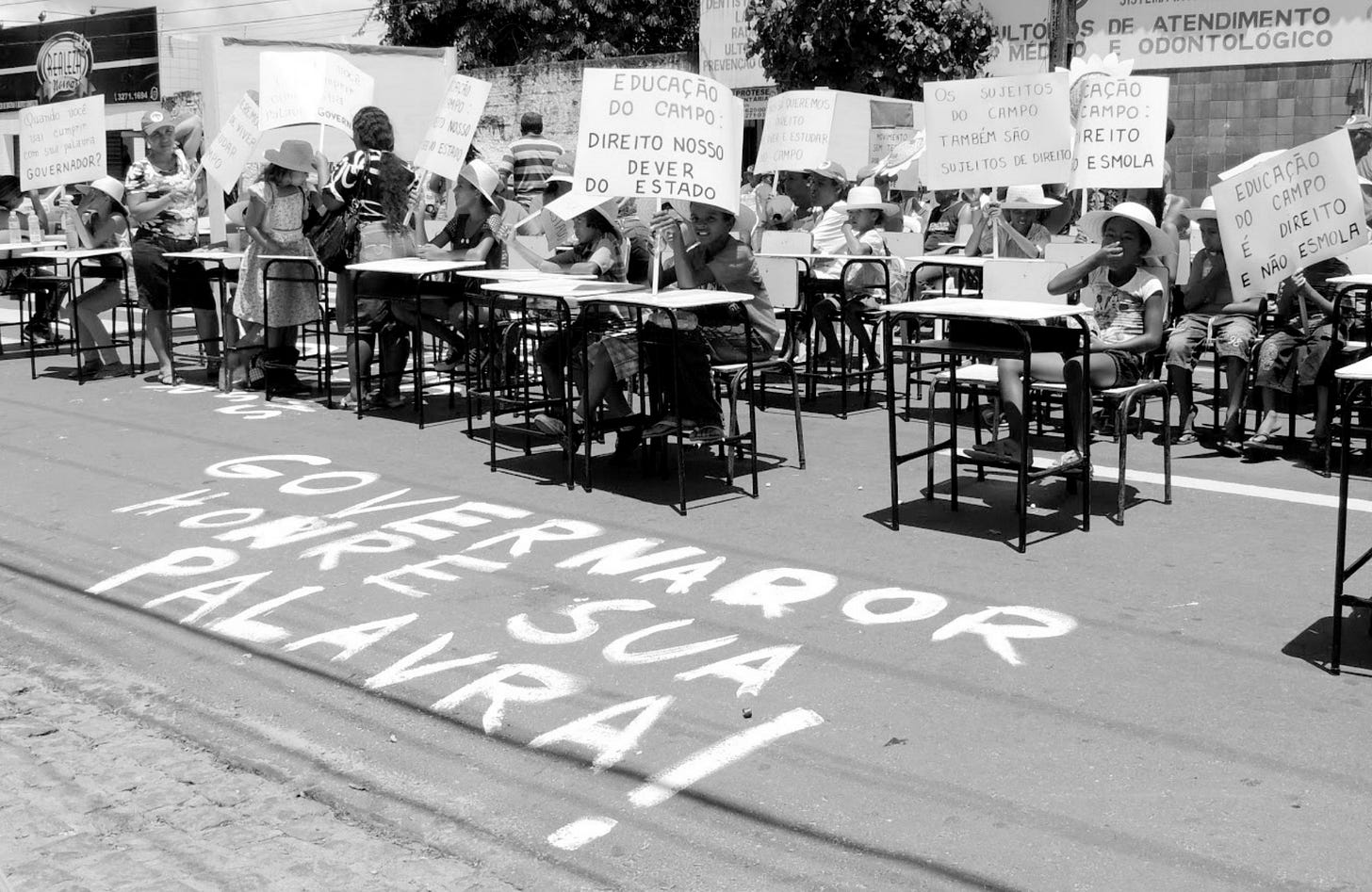
What They Achieved
The MST:
Created over 2,000 new schools in MST settlements (preschools, primary, secondary and vocational institutes - with over 200,000 students). Government built some of these because of MST advocacy, and the MST built the rest.
Shaped the curriculum and pedagogy at these schools so that students learn about agrarian reform and collective forms of work. They created new subjects, such as sustainable farming methods and primary data collection/research.
At some schools in Ceará state, the MST formally co-governs schools with government; for example, they ran co-creation workshops with local communities to shape their school’s vision, purpose and learning philosophy based on the specific history of their MST settlement.
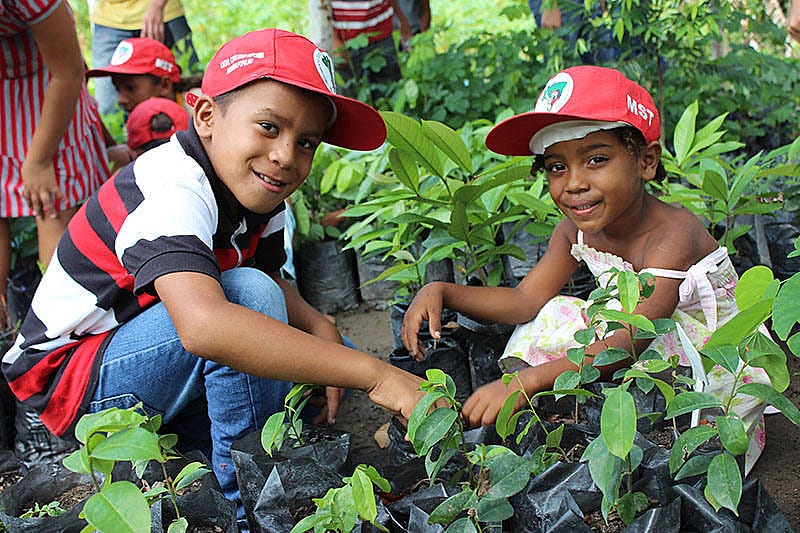
Started teacher training programs that alternate between months in training (during summer/winter breaks) and months back teaching in MST communities to apply what they learned. As Rebecca Tarlau writes, this enabled MST leaders to understand “the movement’s pedagogical approach by allowing them to experience it through practice.”
Successfully advocated for PRONERA - a program created by President Cardoso which gave low-income rural students access to higher education focused on agrarian reform (through which thousands of MST leaders gained degrees).
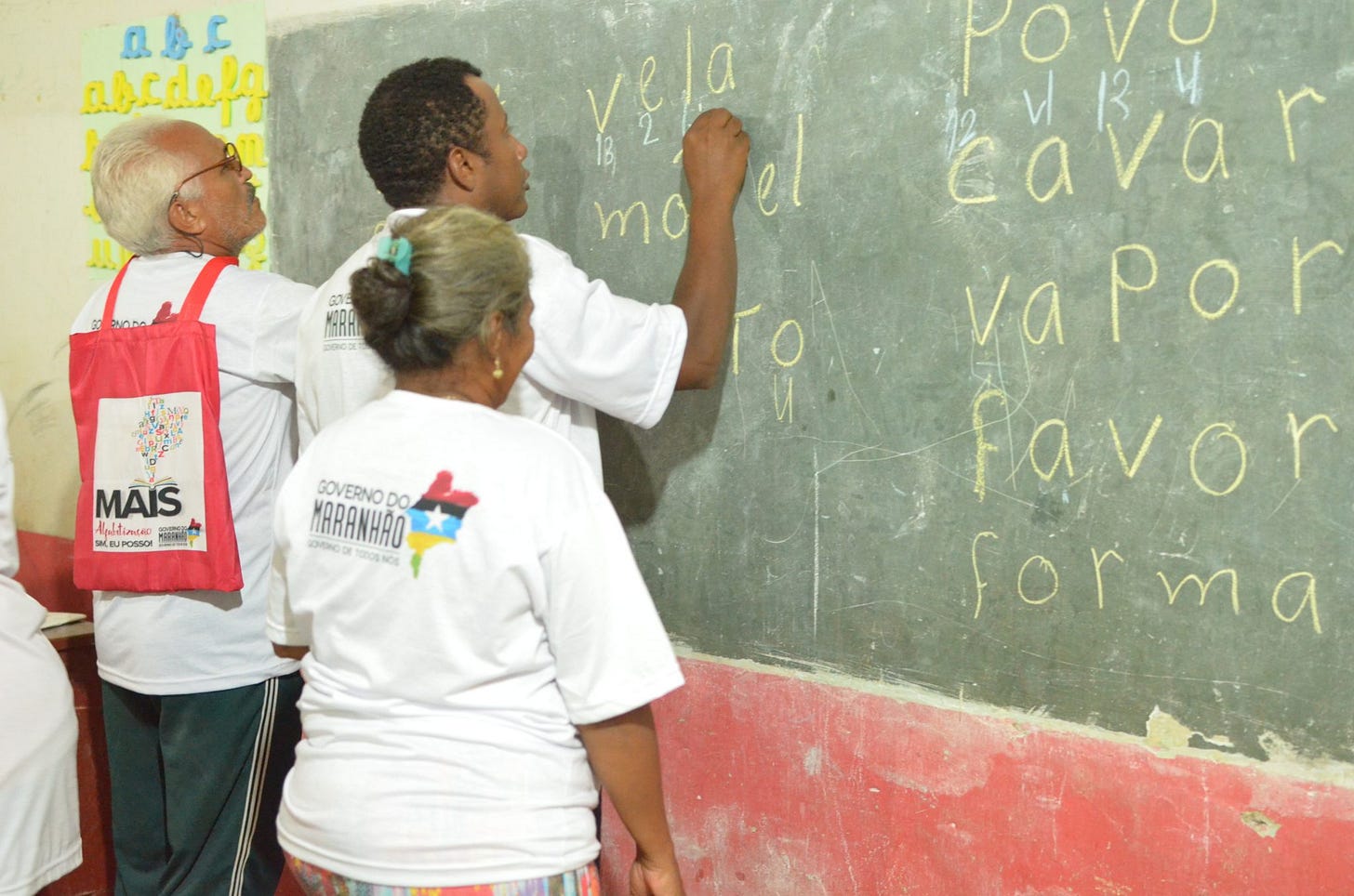
Influenced federal policy so that the Ministry of Education adopted the MST’s proposal for Educação do Campo (education of the countryside) as the country’s official approach to education in rural Brazil. The MST also shaped state policies.
Created a school specifically to teach activist skills to MST leaders - with 500 trainers teaching topics such as: the history of class struggle in Brazil, economics, Latin American Studies, and community health.
For more on the MST’s tactics, read Occupying Schools, Occupying Land: How the Landless Workers Movement Transformed Brazilian Education by Rebecca Tarlau.
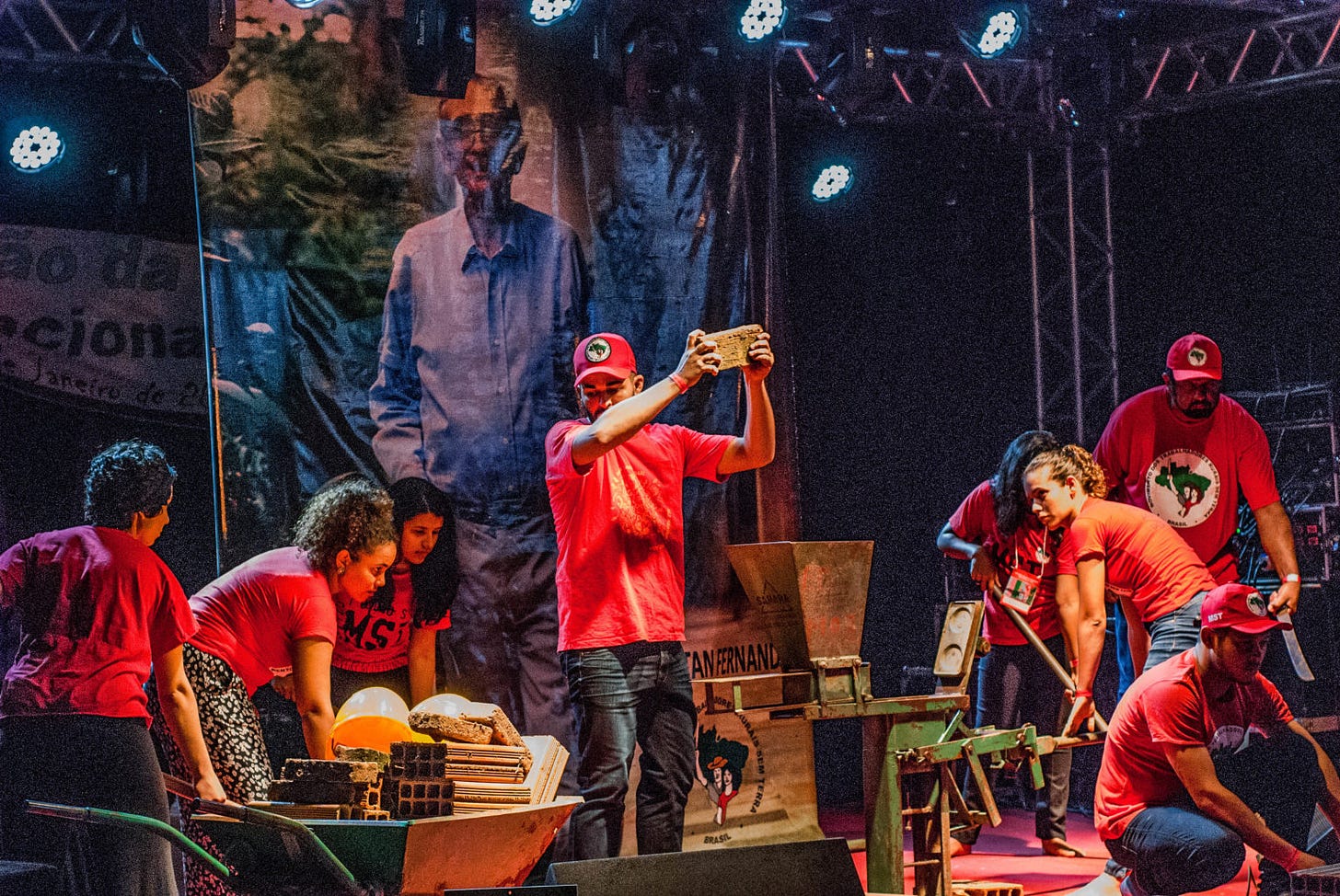
What Made It Possible
A few factors helped the MST to grow:
One of the world’s most famous educationists, Paulo Freire, is Brazilian and led large-scale campaigns to teach literacy to rural farmers in the 1960’s. He published Pedagogy of the Oppressed in 1969 - which influenced liberation theology and MST activists. (Freire actually attended the opening of a MST literacy campaign in 1991!)
In the 1960’s/70’s, liberation theology (a philosophy to liberate the oppressed) spread through Catholic leaders in Latin America. Priests in Brazil hosted many conversations with farmers about how power and politics affected their lives, which accelerated their political consciousness.
MST leaders were also influenced by Soviets who wrote about new theories of education around 1917 (such as Anton Makarenko and Nadezhda Krupskaya, the Soviet Union’s Deputy Minister of Education and Lenin’s wife).

Brazil also has a history of strong social movements and grassroots organizing - such as 1800’s slave revolts, 1950’s peasant leagues, and workers’ movements/ labor unions (like the 1917 São Paulo strike of 70,000 factory workers and 1970’s labor union strikes that helped end Brazil’s dictatorship).

🌎 This is part of my journey to write a book about pioneers of systems change in the Global South's education bright spots (Brazil, Colombia, Kenya, Nigeria, India, Pakistan & Indonesia). For more stories from this trip, sign up for my newsletter (edwell.substack.com); follow me on LinkedIn & Instagram @katpattillo. 🌍
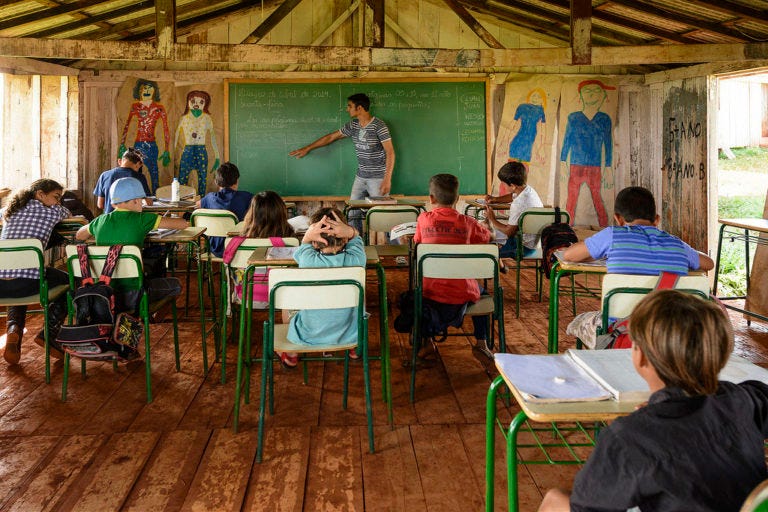




Thank you for sharing this! It is really cool to see how grassroots organizing continues to prove the most effective approach to transforming communities. Looking forward to reading more about your journey and findings!